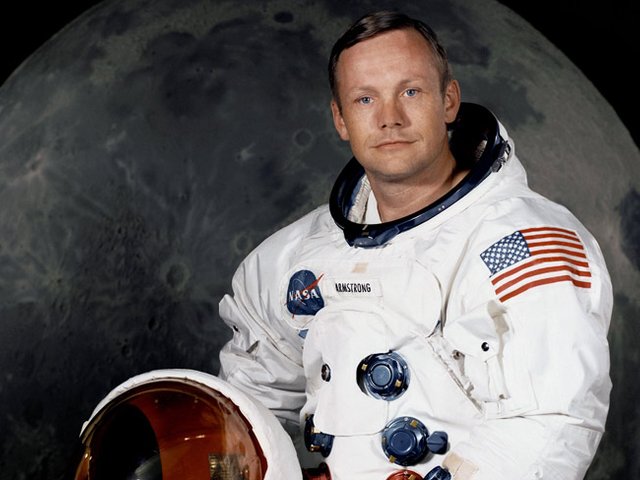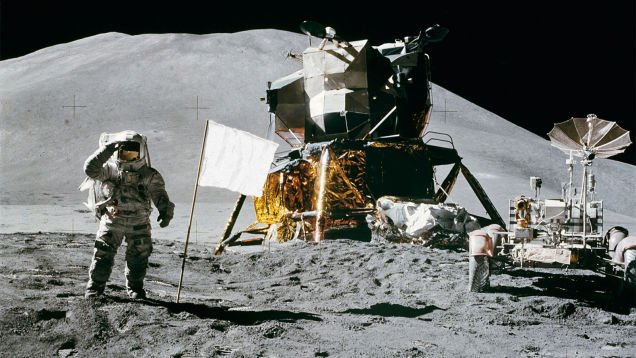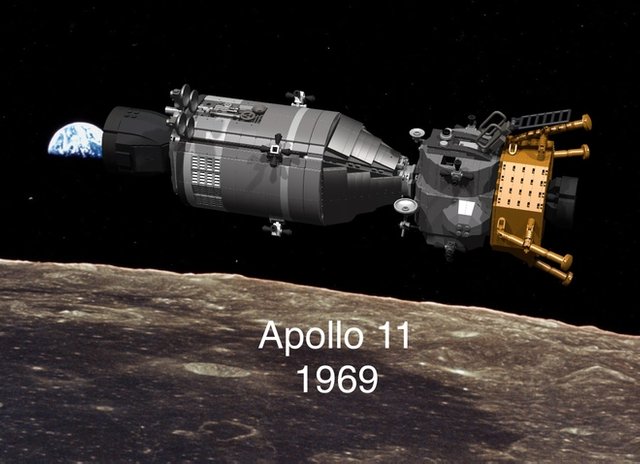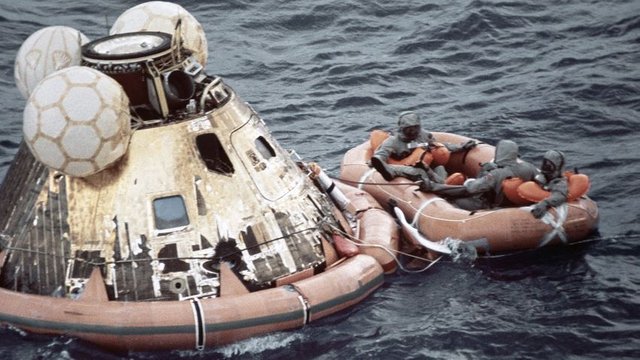The first men who touched the lunar surface
It was May, 1961, and US government was preparing for the adventure of moon landing. A promise made by President John F. Kennedy to the nation was a man on the moon before the decade ended. This mission got full support of American people and Congress. Thus it had been the highest priority of United States of America. But they had so many questions that required answers. Which technique should they apply to send the men on the moon? Could they use the country’s income in proper way? Could they achieve their target before the decade ends? How could men exist and work in a zero gravity environment? Could a landing craft land on the moon successfully?

Six mercury flights, after many experiments between 1961 and 1963, proved that man could live in space. Between 1965 and 1966 earth-orbiting Gemini flights confirmed that man possibly will work in space and move a spacecraft carefully to attach with another spacecraft. They built every flight on the basis of knowledge gained from previous flight. Men had been trained to organize and handle the toughest work on the land so they could efficiently manage the spacecraft in space. They learned how to design, build and test a rocket and spacecraft. They might need it anytime in space.

The making cost was very high. $24000 million had to be spent and they had lost the lives of three astronauts, Edward H. White, Virgil I. Grissom and Roger B. Chaffee, in a fire while ground-testing the Apollo command spacecraft. That is why the next Apollo programme was delayed by two years. They redesigned improved Apollo spacecraft once more which was more reliable and safer for them.

Finally, they started testing manned flights again. They checked whether its equipment and communication parts are working correctly or not. In the month of December, 1968, three American astronauts moved in the orbit around the moon ten times In Apollo 8, while people all over the world were preparing for Christmas festival. They had two more flights to test the function of whole Apollo system in the orbit of earth and moon. Then the countdown started for the Apollo 11 mission to land on the moon surface.

On 16th July, 1969, with the efforts of more than 3, 50,000 people, the huge Saturn V was launched from its pad at Cape Kennedy, Florida. The astronauts, who boarded the Apollo 11, were mission commander Neil Armstrong aged 38; command vehicle pilot Michael Collins aged 38; lunar vehicle pilot Edwin E. ‘Buzz’ Aldrin aged 39.
After four days, Apollo 11 reached the orbit of the moon and moving around it in the command vehicle which was named ‘Columbia’. When Neil Armstrong and Aldrin entered in the moon landing vehicle, it was called ‘Eagle’. Michael Collins navigated Columbia for the time being when Eagle detached and started flying separately.

After a few minutes, people around the world heard as Armstrong reported:
‘The Eagle has wings.’And finally, his cracking voice covered 3, 80,000 kilometers and seemed it would ring in ears for eternity:
“Houston, Tranquility base here. Eagle has landed.”
It was a start of new age of discovery because the first time man landed on the lunar surface.
The first man who touched the moon surface was Neil Armstrong. He got slowly down the nine rungs of the Eagle’s ladder, paused for some time, and after that jumped on the powdery land of the lunar. After fifteen minutes, Edwin Aldrin also touched the ground and joined Armstrong. They first examined the moving and working capacity of man in the moon’s gravity which was one-sixth of the earth.

They reported to mission control located in Houston, America:
‘Bending down is fairly easy, but sometimes it takes two or three paces to make sure you have your feet beneath you.’
After Armstrong and Aldrin spent more than two hours on the moon, they started to collect rock and soil samples for scientific experiments and also they took some photographs.
Armstrong later reported to newspaper journalist:
‘We had the problem of a 5-year old boy in a sweet shop. There were just too many interesting things to do.’
When 21 hours and 37 minutes had been spent on the moon, the Eagle left the surface using its lower stage which worked as a launching platform. It had to attach with Columbia which was moving in the orbit around the moon all the time. Eagle faced difficulties to join Columbia and when it attached successfully, Armstrong and Aldrin dragged through the connecting tunnel and detached the Eagle. Then they began moving towards earth.

After three days Columbia stroked the Pacific Ocean, and shortly the astronauts boarded US Navy’s aircraft carrier Hornet where they were welcomed and greeted by President Nixon.
I'm still not convinced man has ever actually been to the moon, but this piece was still a good read. Keep up the good work!
Thanks
A very Good Read @mgibson Very Good info. Keep it Up!
Thank you.
Great post! I'm a space nerd!